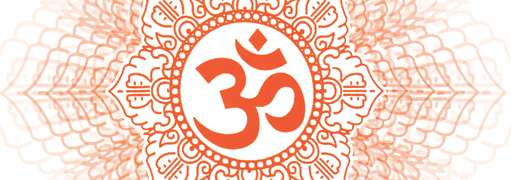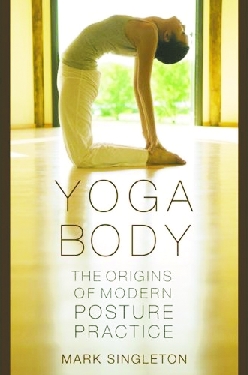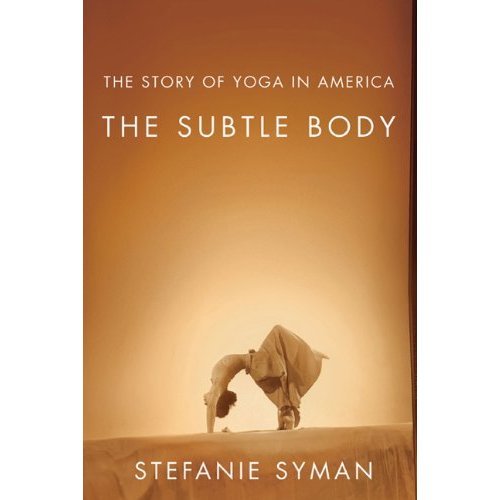Om My Guru: Two Authors Trace The Roots Of Yoga In The West
Two Authors Trace The Roots Of Yoga In The West




Latest Article|September 3, 2020|Free
::Making Grown Men Cry Since 1992




